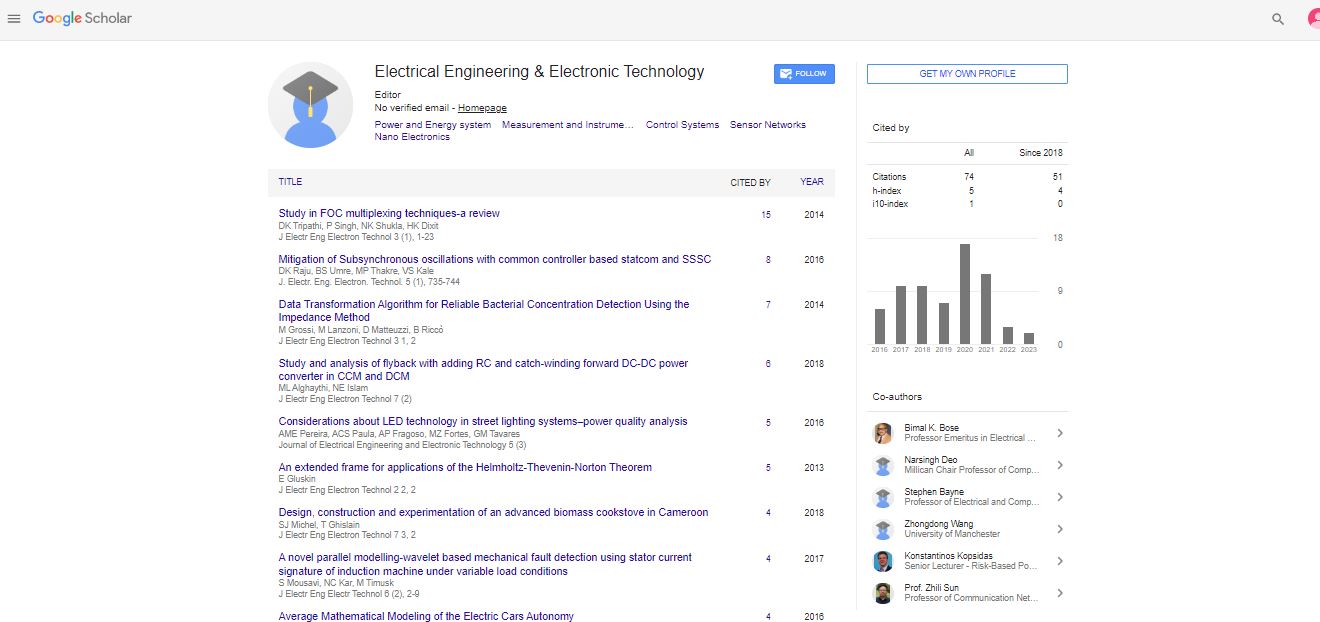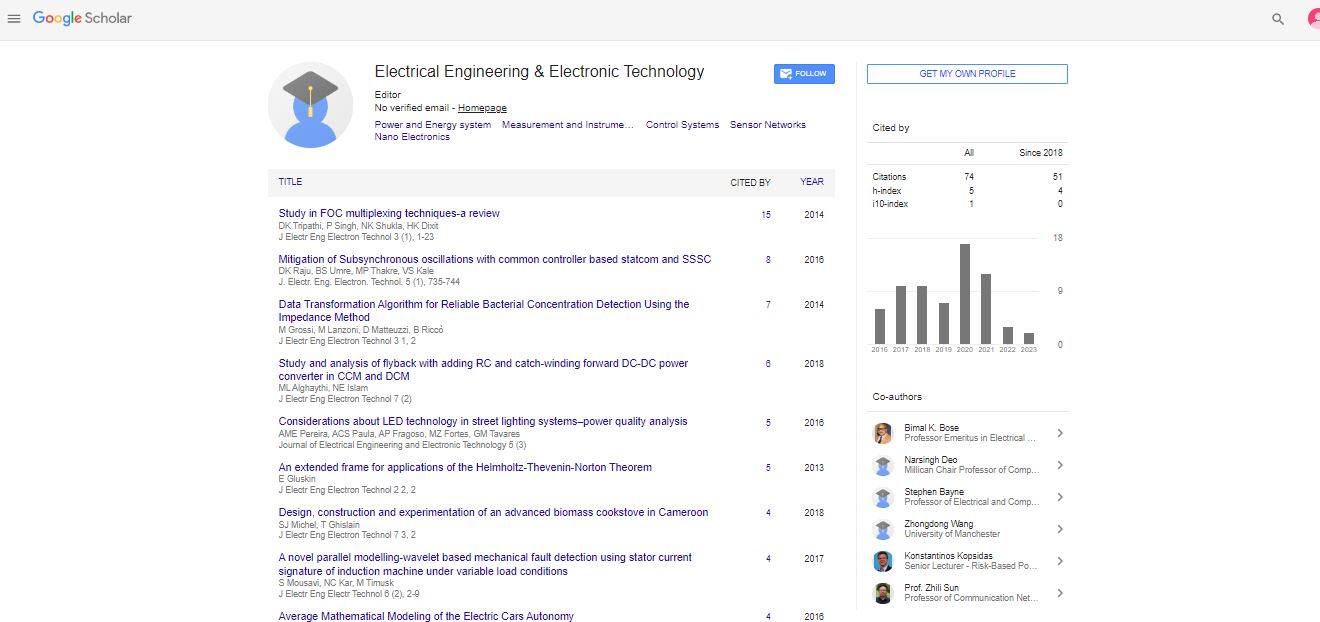Research Article, J Electr Eng Electron Technol Vol: 3 Issue: 1
Data Transformation Algorithm for Reliable Bacterial Concentration Detection Using the Impedance Method
| Marco Grossi1*, Massimo Lanzoni1, Diego Matteuzzi2 and Bruno Riccò1 | |
| 1Department of Electronics, Faculty of Engineering, University of Bologna, Bologna, Italy | |
| 2Department of Pharmaceutical Sciences, University of Bologna, Bologna, Italy | |
| Corresponding author : Marco Grossi Department of Electronics, Faculty of Engineering, University of Bologna, Bologna, Italy Tel: +39 051/2093082; Fax: +39 051/2093785 Email: marco.grossi8@unibo.it |
|
| Received: September 27, 2013 Accepted: June 16, 2014 Published: June 19, 2014 | |
| Citation: Grossi M, Lanzoni M, Matteuzzi D, Riccò B (2014) Data Transformation Algorithm for Reliable Bacterial Concentration Detection Using the Impedance Method. J Electr Eng Electron Technol 3:1. doi:10.4172/2325-9833.1000111 |
Abstract
Data Transformation Algorithm for Reliable Bacterial Concentration Detection Using the Impedance Method
Bacterial contamination is a very important issue in different fields such as food quality control and environmental monitoring. High values of bacterial concentration and/or the presence of pathogenic bacterial strains can seriously endanger human health, thus microbial concentration must be regularly screened to meet national and international regulations. Bacterial concentration is measured by Standard Plate Count technique, a reliable and accurate method that is however characterized by long time response (24–72 hours) and the need to be performed in a laboratory environment by skilled personnel. Our research group has recently developed an embedded portable biosensor system that is competitive with the standard technique in terms of response time and can be easily used for in-situ measurements by users with no microbiology knowledge. In this paper we discuss an algorithm for the transformation of the biosensor measured data that proves to be accurate and easy to be implemented. The algorithm is based on the calculation of the first and second time derivatives of the measured electrical parameters and the results show good correlation (R2 = 0.829) between the bacterial concentration estimated with the biosensor and that measured by the standard technique.
 Spanish
Spanish  Chinese
Chinese  Russian
Russian  German
German  French
French  Japanese
Japanese  Portuguese
Portuguese  Hindi
Hindi 
